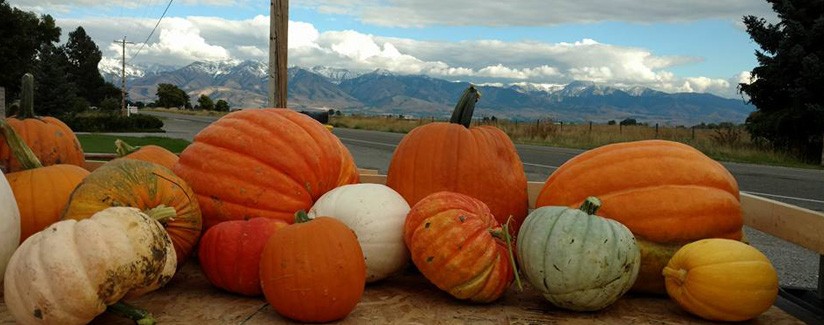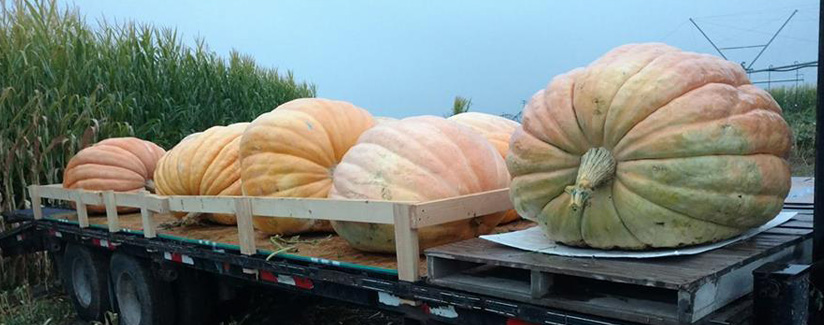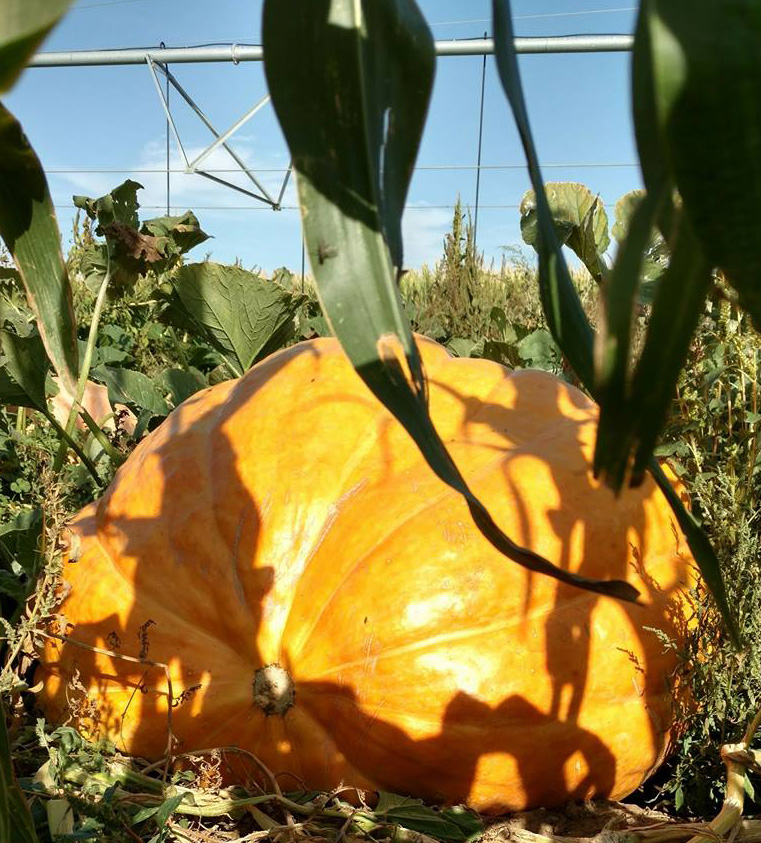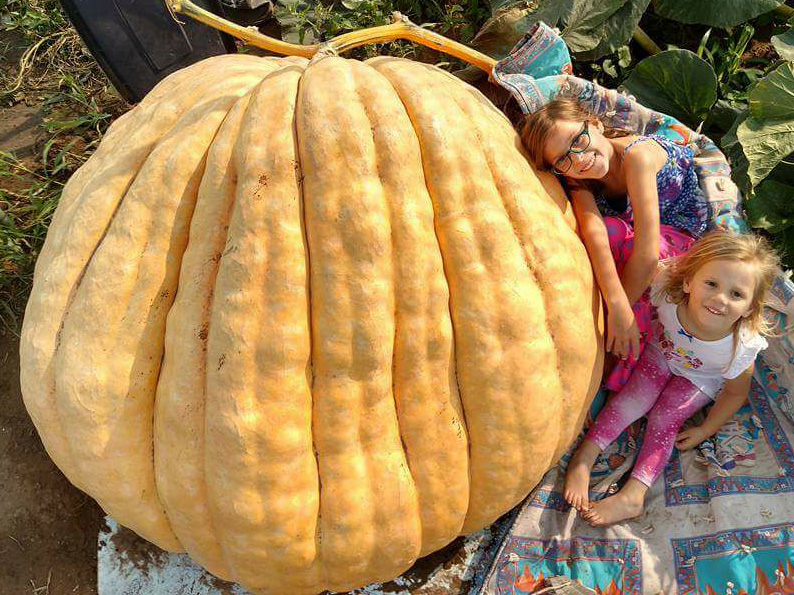Zimmatic Blog
Pivot Irrigation Fuels Growth of Giant Pumpkins
Oct 11, 2018

On his 200-acre operation near Lewiston, Utah, Jim Seamons produces feed for 150 head of Holstein and Jersey dairy cows.
“The corn is raised for feed and the rest of the acres are planted to alfalfa, hay and sometimes sorghum – all for feed,” he said. “Sometimes I sell off the extra, but most everything I raise, I use.”
He also successfully produces another, more unconventional, crop.
“I also have two acres dedicated to giant pumpkins,” he said. “It’s a really fun way to diversify the operation.”

The pumpkin plot sits in the middle of 50 acres of corn. A Zimmatic center pivot works over the field that previously was watered with an inefficient flood irrigation system.
“I flood irrigated at first, but it wasn’t able to cover all of the property,” he said. “I was trying to work the crop ground, run the irrigation system and operate the dairy. They’re 17 miles apart, so I spent most of my day driving back and forth. There’s plenty of water available to me, but I couldn’t get it across the property where the corn grows. It took 19 days to flood it, so I switched to a center pivot system.”
Seamons said the switch to center pivot irrigation boosted his corn yield from an average of 25 tons per acre to 45 tons per acre. The system also helps him grow bumper crops of giant pumpkins.
“I plant two rows of pumpkins 15 feet apart. One row is 1,000 feet long,” he said. “I can’t really afford to spray for bugs, so I run the pivot over the pumpkins to wash the bugs off,” he said. “I also use the pivot to apply fertilizer and, believe it or not, milk from my dairy. When the sugar in the milk gets on the leaves, it helps prevent powdery mildew from spreading.”
Just how big are the pumpkins that Seamons produces?
“The biggest one I’ve grown weighed in at more than 1,000 pounds,” he said. “I currently rank 17th in the state for pumpkin size.”
He said the market for giant pumpkins is diverse. He sells them commercially and said prized pumpkin seeds can go for more than $1,000 at auction.
“One business has a fall party and hires a professional carver who creates a 3D image on the pumpkin during the party,” he said. “Individual carvers also will purchase them – those people who like to go all out for their Halloween decorations. One person buys a dozen at a time – each averaging 400 – 600 pounds. We have people from 50 miles away come and walk through the pumpkins just to see them. They want to take pictures and, while they’re here, they will buy a field pumpkin, which we also grow.”

Every year, he sets aside one of his prized pumpkins for an annual regatta that draws more than 4,000 people.
“We cut it open, set it afloat in the lake and then the growers race each other,” he said. “We dress up and do it for fun.”

He also donates to other charity events – including one where the pumpkins are hoisted 175 feet up in the air with a crane and dropped – making a giant splat.
“It’s really been fun adding pumpkins to the farm. I have a young family, so when I put a 400-pound pumpkin at the elementary schools, the kids love it. My kids get a kick out of the 800-pounders, especially when I load one in the truck and drive around with it. Everyone wants you to pull over to take pictures and ask questions,” he said. “They’re also helping me diversify. I’m a fourth generation farmer. My great-grandparents bought the farm and, after I went to college, I came back to help. The pumpkins are helping make the operation more sustainable.”